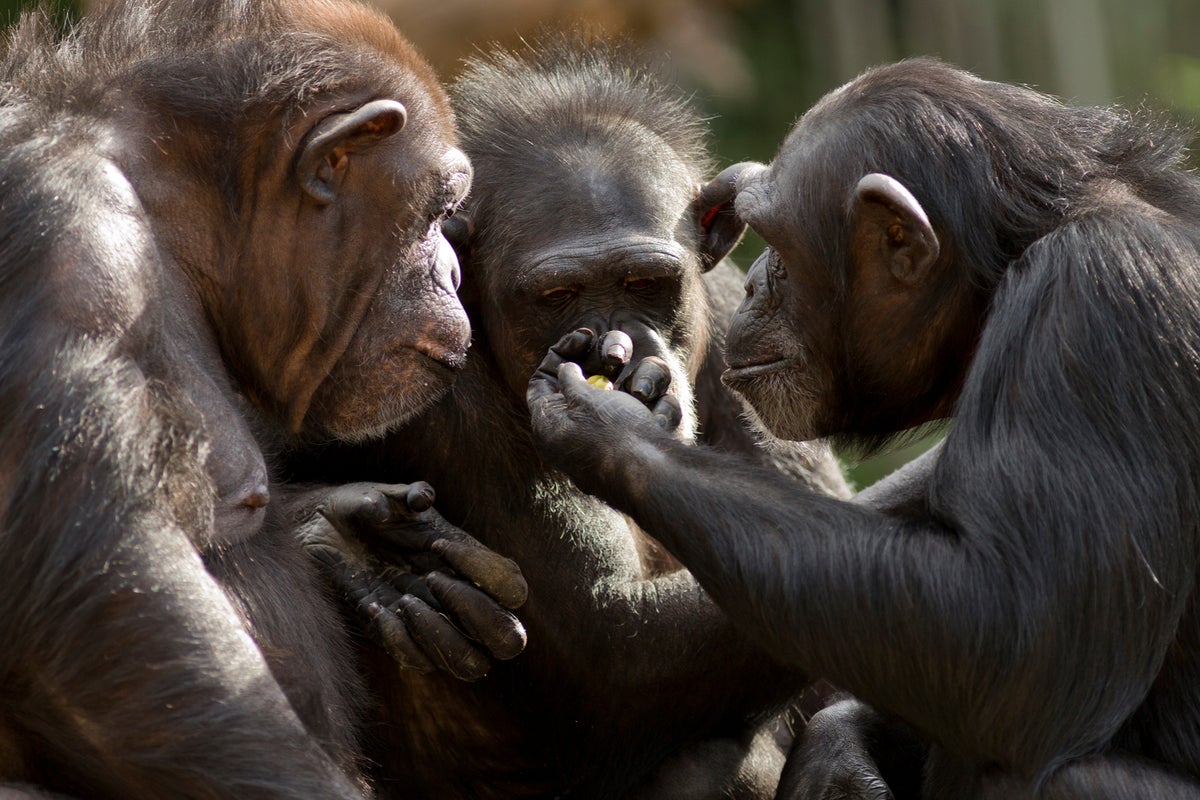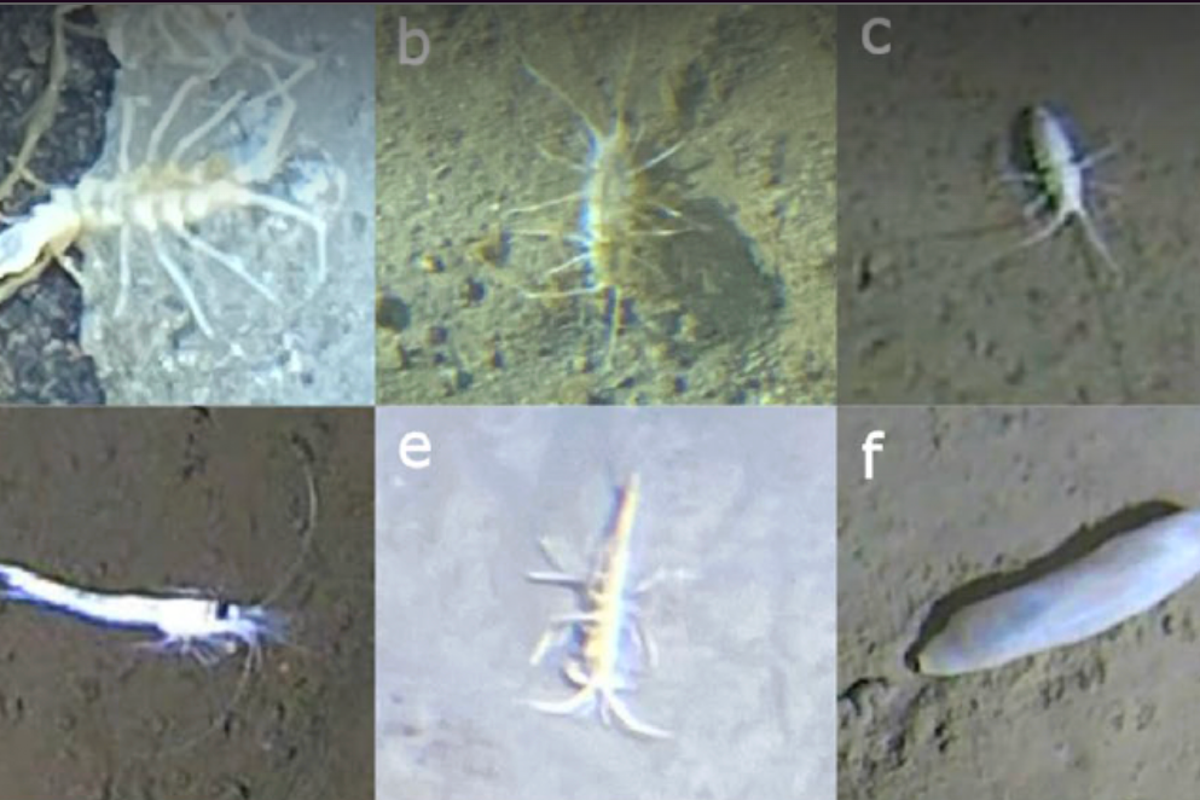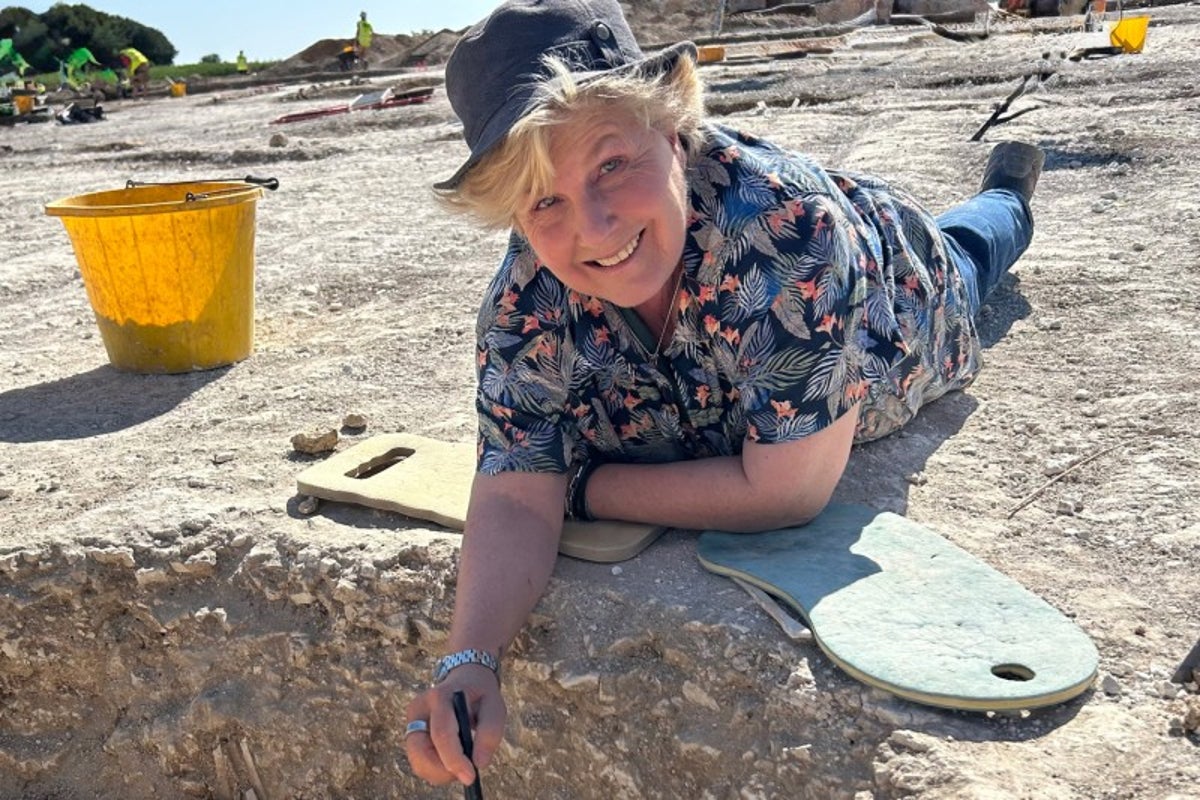The human chin: an evolutionary enigma that defies logic and challenges our understanding of biology, much like the debates over identity and existence that divide our society today.
The human chin has long been a topic of fascination and debate among scientists, anthropologists, and evolutionary biologists. Unlike many other features of the human body, the purpose of the chin remains elusive, prompting discussions that delve into the very nature of human evolution and our understanding of anatomical development. While some body parts have clear functions, the chin stands out as a unique characteristic that raises questions about its origin and significance.
To understand the chin’s role in human evolution, we must first consider the anatomy of our closest relatives. Primates, such as chimpanzees and gorillas, do not possess a protruding chin. Instead, they have a more pronounced jawline that aligns with their facial structure. The emergence of the chin in modern humans is thought to be linked to various factors, including dietary changes, social interactions, and even sexual selection. However, the exact reasons for its development remain a subject of contention.
One theory suggests that the chin may have evolved as a response to changes in diet. As early humans transitioned from a diet primarily consisting of raw foods to one that included cooked and processed items, the shape of the jaw and face began to alter. This shift in diet could have led to a reduction in the size of the teeth and jaw, resulting in the development of a more pronounced chin. However, this theory does not fully account for the presence of the chin in all human populations, as variations exist across different ethnic groups.
Another perspective posits that the chin serves a social function, acting as a visual cue in human communication and social bonding. The prominence of the chin may enhance facial expressions, allowing for clearer communication of emotions and intentions. This theory aligns with the idea that humans are inherently social creatures, relying on non-verbal cues to navigate complex social interactions. Yet, while this explanation offers a potential rationale for the chin’s existence, it does not address the evolutionary mechanisms that would have favored its development.
Sexual selection is yet another avenue of exploration. Some researchers argue that a pronounced chin may have been perceived as a sign of masculinity or health, influencing mate selection. This hypothesis draws parallels to other physical traits that have been favored in sexual selection, such as body symmetry and secondary sexual characteristics. However, the evidence supporting this theory remains largely circumstantial, and it raises further questions about the role of aesthetics in human evolution.
The debate surrounding the chin’s purpose is further complicated by the fact that not all humans possess a prominent chin. Variations in chin shape and size can be observed across different populations, suggesting that environmental factors, genetic diversity, and evolutionary pressures have all played a role in shaping this feature. This diversity challenges the notion of a singular evolutionary pathway for the chin, indicating that multiple factors may have influenced its development.
In addition to these theories, the chin has also been examined through the lens of functional morphology. Some researchers have explored the mechanical advantages of a pronounced chin, suggesting that it may provide structural support to the jaw during chewing and biting. This perspective emphasizes the chin’s potential role in enhancing the efficiency of mastication, although definitive evidence linking chin shape to functional benefits remains sparse.
The chin’s enigmatic nature has led to a variety of interpretations and theories, each contributing to the ongoing discourse about human evolution. As scientists continue to study the anatomical and genetic aspects of the chin, new insights may emerge that could shed light on its purpose. The complexity of human evolution is mirrored in the diversity of opinions surrounding the chin, reflecting the broader challenges of understanding our own biological history.
In recent years, advancements in genetic research and imaging technology have opened new avenues for exploration. By examining the genetic markers associated with chin development, researchers may uncover the underlying mechanisms that have shaped this distinctive feature. Furthermore, studies utilizing 3D imaging and modeling can provide a more comprehensive understanding of the chin’s structural properties and its relationship to other facial features.
The chin’s role in human evolution is not merely an academic curiosity; it serves as a reminder of the intricate interplay between biology, environment, and culture. As we continue to unravel the mysteries of our own anatomy, the chin stands as a testament to the complexities of our evolutionary journey. The debates surrounding its purpose reflect the broader questions of identity, adaptation, and the nature of humanity itself, inviting us to reconsider what it means to be human in a world that is constantly evolving.
The human chin has long been fertile ground for arguments between scientists over its purpose




